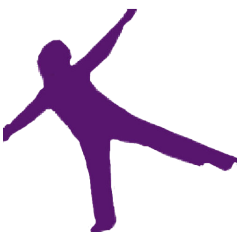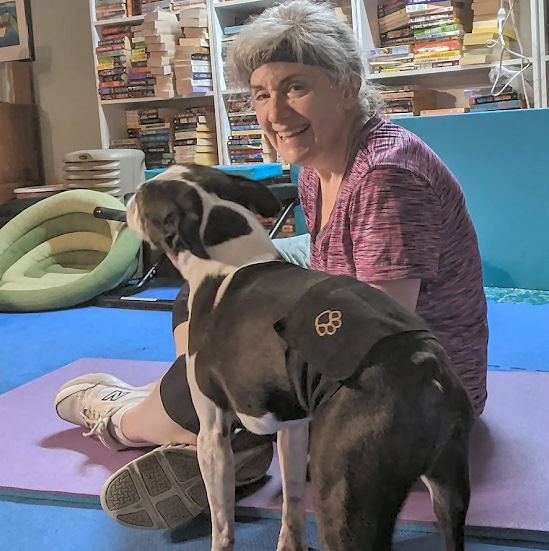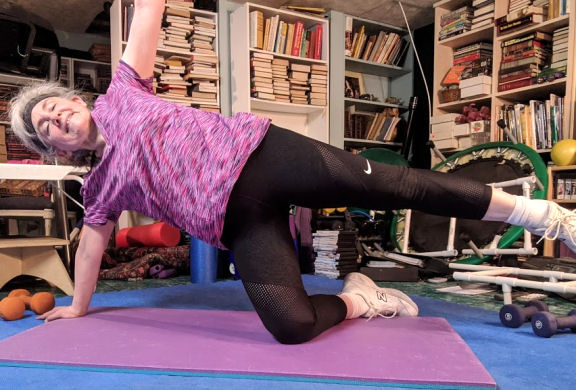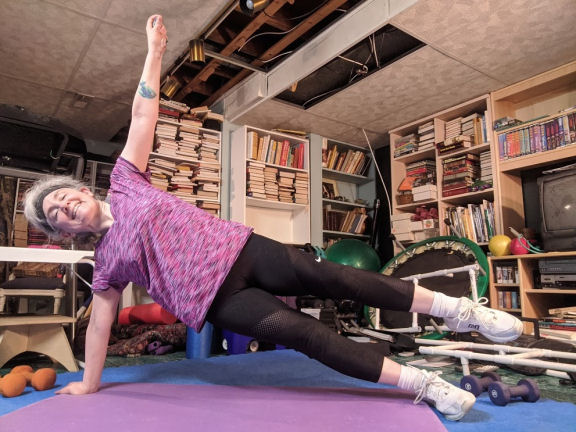What can we do when the world is in chaos
There is terrible news all over the media these days. War in Europe. Financial disaster looming. Gas prices spiking. Storms on the way. It’s natural to feel worried and stressed. The news reporters are screaming, bombs are exploding in the background. Everyone is worried.
What can you do when the world is in chaos? How can you get past your fear?
Remember, you can’t control the world
The first thing to remember is that we can’t control the world. Some of us worry and stress when we think about current events, with the same unhelpful thoughts spinning around in our brain. Dr. Alice Boyes, author of The Anxiety Toolkit, says that anxiety and rumination (thinking the same negative thoughts over and over) form a feedback loop where one causes the other. Rumination and worry are often associated with being closed to new ideas and with poor mental health. You can recognize your own rumination when you keep thinking about the same topic or the same news report over and over. So, here are four action steps to get past your fear, and at the same time, increase your resilience.
- Dr. Boyes says that rather than helping you problem-solve, rumination and worry usually just make it difficult to see the big picture for all the minutiae in your brain. So, instead of worrying about global affairs, try to focus on something you can actually do something about.
Focus on a current problem you have, or on a project that you want to complete. You’ll actually be productive and get something done. That’s a much better outcome than randomly thinking the same unhelpful thoughts for hours.
- If your brain won’t let you focus, I understand. I’ve been there. I’m a worrier too. Certain calming methods really do help you get past the anxiety and focus on the things that you can do something about. I wrote about some of these in my article, “Still anxious and stressed?”
Try calming breathing techniques – practice breathing deeply and regularly. Find the number of seconds to breathe in and out that’s most comfortable for you and actually count while you breathe.
- Meditation works too. If your brain is going a mile a minute and you’re new to meditation, try a guided one. The guided “Garden Walk” meditation is just a couple of minutes long, but will leave you feeling more peaceful. The only requirement for meditation is to be comfortable.
- Journaling your thoughts can also help you process them. Your journal is your safe place. Write anything you like in your journal and you won’t be judged. Get your thoughts on paper so they’re not cluttering your head.
Try one or two of these recommendations the next time you feel yourself start to panic. (When I recognize myself starting to panic I start by closing my eyes and taking a deep breath. Then I think about something positive I can actually do.) Yes, the world is a scary place now, but you can get past your fear.





